Smart Devices are a technology revolutionizing how we use our living spaces, providing more convenience for daily tasks around the house. Now that films are being released on both streaming platforms and at the cinema, home theatres are becoming more popular. With innovative technologies, you can create an immersive entertainment space for a captivating watching experience.
In other words, they are types of machinery that permit mobile, web, databases, wireless access, and sensors to acclimatize and meet the needs of smart preschoolers in smart contexts. The idea is that as smart technologies become networked, they can then share information or work together. In this way, smart technologies may be more energy efficient and more timely in delivery.
They are also more decisive when coordinated or shared. The totality of smart technologies and their potential is often called the Internet of Things (IoT) in cloud computing environments. For example, you may buy an appliance such as a washing machine or television. Still, these devices can connect to the internet to access other capabilities — you can even control them remotely.
All this while using a mobile phone. As you use these devices, they may learn about your preferences or become more efficient based on your habits. Additionally, the innovative washing machine or smart television, and other smart technology in your home may communicate with each other so that they coordinate or alternate their activities for various benefits to your custom lifestyle.
How Smart Devices Are Fostering A Custom Cinematic Theater Experience
Smart Technology refers to the integration of computing and telecommunication technology into other technologies that did not previously have such capabilities. What makes them ‘smart’ is their ability to communicate and work with other networked technologies and, through this ability, allow automated or adaptive functionality and remote accessibility or operation anywhere.
Pinning down a definition for something as diverse as smart technology can be quite arduous, given that the field of smart technology is developing relentlessly, making innovations outdated almost as quickly as they arrive. On that note, when talking about smart technology, “SMART” refers to “self-monitoring, analysis, and reporting technology,” as Netlingo pointed out.
The innovative technology uses artificial intelligence, machine learning algorithms, and extensive big data analytics to provide cognitive awareness to previously considered inanimate objects. A network of devices that use sensors, chips, software, online connectivity, analytics, and applications to bring static physical objects to life. In return, these devices create substantial value.
And they are futuristic, scalable, and automated. Some prominent examples include smart cities, smart homes, and smart factories. Controlled via a remote and connected via the internet or Bluetooth, smart connected devices (security cameras, smart bulbs, and smartphones) can offer a customized experience but must be handled because they don’t adapt as IoT devices.
Why You Would Want To Use Innovative Technology Application Systems
Making existing technologies smart devices provides visibility and control across various connected devices. It also may allow the technologies to adapt their functions to changing conditions automatically so that these capabilities may be valuable for administration and research. On the one hand, making technologies smart may also lead to gains in efficiency or cost savings.
Usually, this is a greater Return On Investment (ROI) and provides multiple data collection points that did not previously exist. Over time, patterns and pattern anomalies in the collected data may become apparent that would otherwise not be observable. On the other hand, with the increasing deployment and use of smart technologies there is growing concern over privacy.
In general, hacking is one of those concerns. Can the data collected by smart devices be used against you (effectively making them ‘snitch’ technologies)? If a device can be remotely operated, can it be hacked and used without permission? Does the increased integration of smart technology in our lived environment make them impossible to avoid? Well, let us know in our comments.
Essentially, the ‘smart’ components are computing, sensing, and telecommunication technologies that have become so small, effective, and affordable that there are few obstacles to their integration into existing devices, buildings, and infrastructures. As integration continues, more data collection points are added, and more information is collected and shared.
Parts:
- Sensors:— The ability to collect data and take measurements, take images, make sounds, etc.
- Microprocessors:— The ability to manage sensor functions, data collection, communications, adaptive functionality, etc.
- Memory:— The ability to store collected data or received data.
- Telemetry:— The ability to send collected data or receive data from other sources, primarily through wireless communication.
Technically, Smart Devices and other intelligent home gadgets provide exceptional audio and visual experiences, seamless automation, voice activation, and different custom settings. Regarding the essential role of Smart Technology, comfort is crucial to a great viewing experience. In most cases, you must ensure the room is heated sufficiently when you are sedentary for a long.
Otherwise, your body temperature could drop. You can use smart thermostats to ensure the room is heated to the optimal temperature for your viewing experience. And, when the home theatre room is unoccupied, ensure the thermostat automatically switches off. Eventually, you can do this by integrating your smart TV or projector with your smart climate control.
However, ensure that turning on your entertainment device triggers the heating to switch on or off in your home theater. The advanced features, options, and convenience offered with smart devices allow you to enhance the user experience. Whether unifying your controls on a single interface or creating automation for more efficiency, you can leverage it in many ways.
Why We Should Integrate The Essential Smart Devices In Our Daily Lives
One thing is sure: The role of smart devices in our daily lives, especially in our home environment, is invaluable. For example, in the past, people have used HDMI cables and complex setups to connect their favorite streaming services with their home theater setups. With smart home theater systems, you can access your favorite streaming services directly for more convenience.
This eliminates the need to purchase cables and other complicated pieces of equipment. A smart home theater lets you control and monitor your devices from anywhere. You can ensure your devices are switched off when you leave or switch them on before arriving home to create the perfect ambiance. This feature gives you peace of mind regarding your home theater system.
They also create more flexibility. In other words, smart home theater technology enhances and transforms how we experience and control our home entertainment. When you incorporate smart devices into your viewing experience, you can have more control, automation, and advanced features. Equally important, you can leverage connectivity to improve the overall viewing experience.
For instance, your Alexa or Google Assistant can control your home theater technology with voice commands like ‘Alexa, turn on the TV’ or ‘Hey Google, turn the volume down on the TV.’ By integrating your virtual assistant (Chatbots) with your home theater setup, you can control the settings on your TV, change inputs, lower the volume, or perform a search with your voice.
1. Seamless Control And Automation
Smart Devices and intelligent-driven home technology give you more control over your home theatre viewing experience. You can use a smartphone app to control the lighting in the room, improving your view of the screen. Or, you might maintain the picture to make it more transparent, adjusting the brightness, temperature, audio settings, and visual controls.
You can seamlessly create a perfectly customized viewing experience by controlling this with your mobile device or voice commands. Still, you can program your lights to dim when your viewing experience begins using smart devices for your lighting and home theater system. You press play, and the atmosphere in the room adjusts to enhance your viewing experience.
Your smart home system can adapt to your routines to provide you with the perfect daily schedule, providing efficiency and convenience. For instance, you might ensure your home theater’s temperature and lighting automatically adjust when you switch on your smart TV or projector.
2. Enhanced Video And Audio Performance
Each room has its brightness and acoustics. With smart home technology, you can provide details regarding your home’s acoustics and lighting to optimize the entertainment system. Some innovative projectors and screens will adjust the brightness level to enhance visibility and aspect ratio settings, ensuring a perfect viewing experience. Some homeowners prefer a concealed audio speaker set.
Others prefer designer acoustic elements and attractive speaker setups for stylish interior design of your living space. By integrating your speaker system with your intelligent screen, you can reduce the need for wires and ensure seamless connectivity for the ultimate viewing experience.
3. Voice Control And Convenience
You can integrate your home theatre system with your home’s virtual assistant – such as Alexa or Google Home – to enable voice control. You can pause your film, lower the volume, and change channels without a remote. This adds much more convenience to your viewing experience, allowing you to control your TV without leaving your seat to find a remote.
With smart home technology, you can manage your home theater using voice commands – eliminating the need for a remote. With innovative technologies, you can ultimately enhance and elevate your gaming sessions while enjoying each part of the play. Notwithstanding, you can even use voice commands to switch to your gaming console input remotely and use virtual reality with wireless connectivity.
4. Personalized Settings And Customization
Most Smart Devices and smart home technology allow us to create personalized settings that align with our preferences. We can save settings, such as audio and visual settings, equalizer presets, lighting scenes, and display preferences. This way, our movie-watching experience is always tailored to our environment. Integrating our sound system, mic setup, and smart-enabled screen is easy.
As such, we can improve the gaming experience and optimize performance. If this isn’t an option with your smart home devices, you can also use voice commands to ensure the ambiance aligns with the content you plan to watch. A smart home theater system allows you to ensure optimal audio and video quality at all times.
You can incorporate advanced audio processing capabilities for immersive sound experiences, adjusting the settings to suit the acoustics of your home environment. You can also use features like High Dynamic Range (HDR) and image optimization algorithms to enhance your screen’s picture quality, color quality, and contrast.
5. Energy-Efficiency And Cost-Savings
We can ensure our home theater is energy efficient using smart devices. As such, we can adjust settings to ensure our theater is not heated when not in use. Still, we can also automate the dimming or switching off lights when our film starts. With this automation, we can save significant energy over time. As mentioned, innovative screens can enable you to enhance screen quality and audio performance for a more immersive gaming experience.
A smart home system can empower you to control your viewing experience completely. You can adjust audio settings to ensure perfect surround sound or adjust the screen resolution and lighting levels. By honing your systems to your ideal viewing experience, you can ensure your unique tastes are met – maximizing your enjoyment.
The Topmost Notable Smart Devices That Are Common In The Marketplace
With the help of innovative smart devices, you can integrate your smart home entertainment system with various smart devices in your living space environment. You can integrate smart TVs, streaming devices, sound systems, gaming consoles, and other devices. Combining all these devices allows you to control them using a single interface through voice commands or an app.
By eliminating the need for many different remotes, you can also create a tidier home atmosphere, allowing you to store your remotes out of sight and use your phone to control your entertainment system. Eventually, you can incorporate your home theatre system with your smart home automation system. You can create custom routines or scenes to suit your activities.
For instance, you might create a ‘reading ambiance’ scene with a fireplace projected onto your screen, the lights dimmed, and the heating turned up. When you use the voice command to switch to the reading ambiance setting, your home will automatically adjust. Still, for your home theater system, you can have a dedicated ‘movie night’ setting, which allows for a seamless experience.
As a result, you can enjoy your viewing experience with the perfect iMAX ambiance – just like in a real cinema in the market today. On the contrary, most smart projectors and screens are designed to enhance your viewing experience by offering various customizable features.
Including:
- Integration with smart home systems
- Controlling projection settings (brightness, alignment)
- Aspect ratios and screen positioning
As a rule of thumb, these customizable features improve your viewing experience by ensuring total visibility of the content picture. You can control these features using voice commands or a mobile application. Some bright projectors also enable you to access streaming platforms more conveniently.
With limited automation, no need for internet connectivity, and a programmable nature, smart devices, such as smart coffeemakers, provide personalized services at a particular time.
Smart Televisions
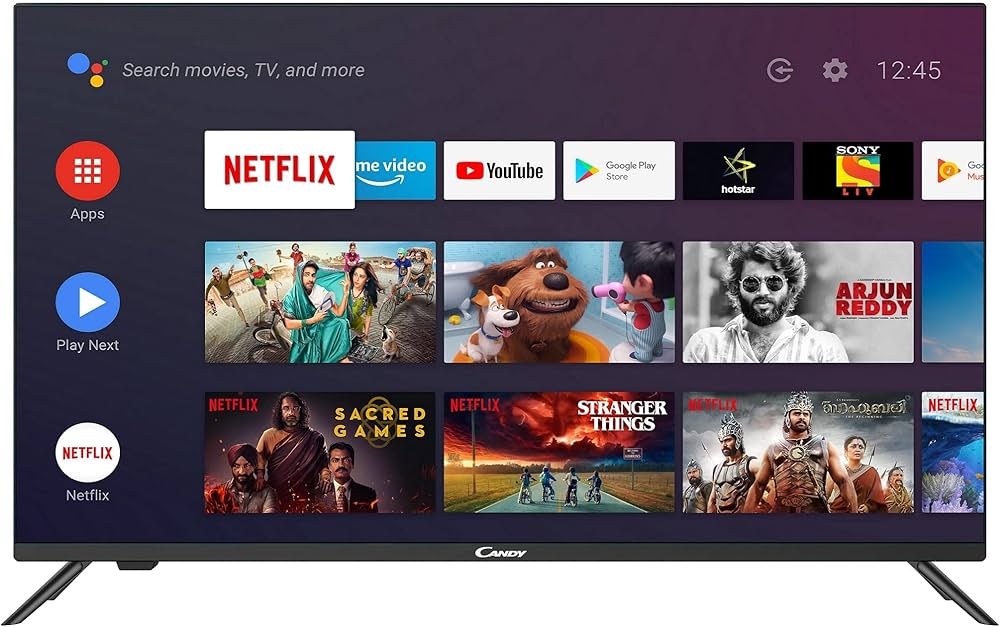
Smart TVs provide access to all popular streaming services, conveniently letting you watch your favorite movies and TV shows: screen mirroring and casting. You can duplicate the entire screen of your smartphone, tablet, or computer and present it wirelessly on your TV screen: web browsing and pre-installed apps.
Smart Speakers
Smart speakers, like Amazon Echo with Alexa or Google Home, are virtual assistants that respond to your voice commands. You can ask them to play music, provide updates on the weather, answer questions, control other smart devices, and more.
Smart Thermostats
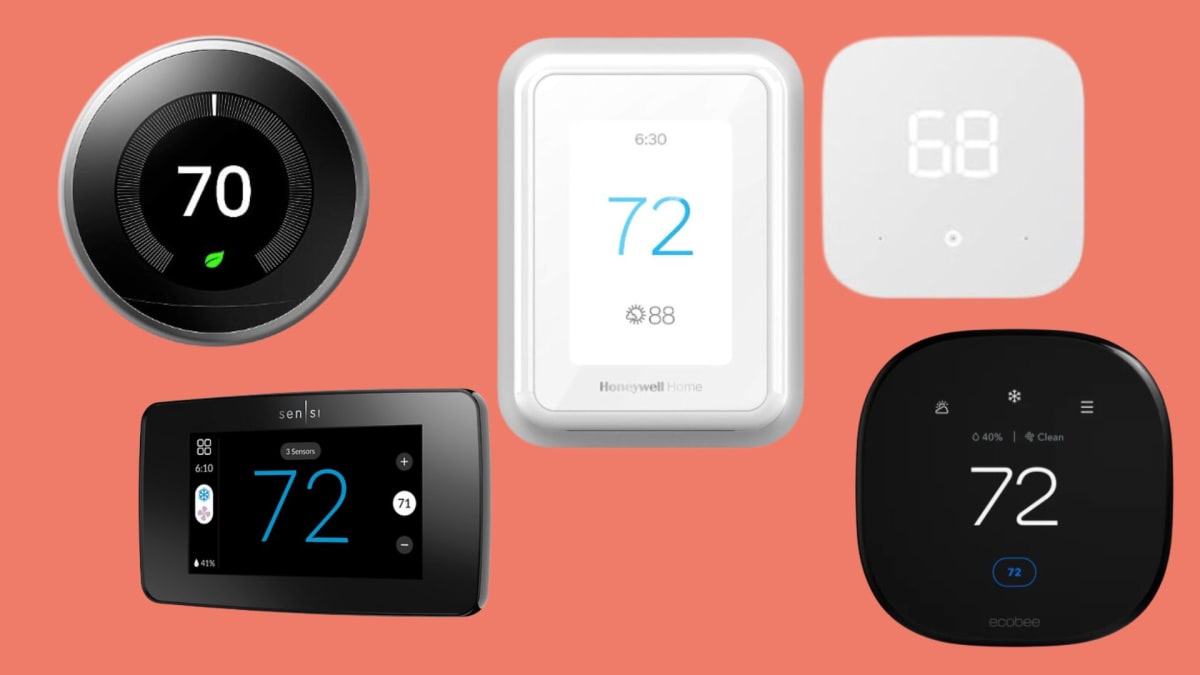
A smart thermostat allows you to check your home’s temperature from anywhere using your mobile device or an app. You can also control your thermostat using voice commands. Some smart thermostats will base your heating and cooling off your behaviors and daily habits to help you conserve energy.
Smart Lighting
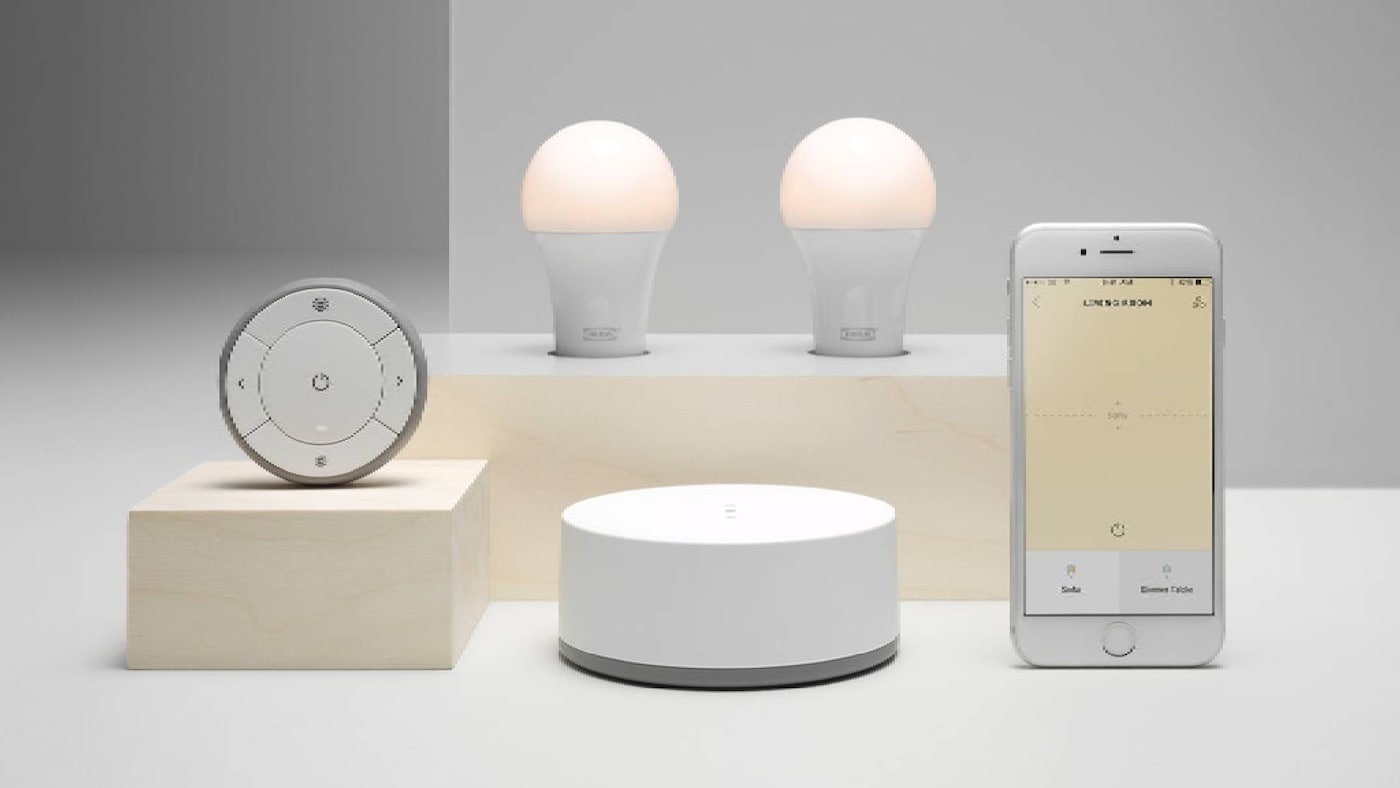
Conversely, you can synchronize your lighting system with your home theater to create a more ambient and immersive experience. In this case, some home theater smart-enabled lighting devices include Philips Hue or LIFX smart bulbs and other related smart devices. You can control these bulbs using your mobile device, voice commands, or app. Still, you can change the color of your lights, dim them, or schedule them. You can even integrate them with other devices, like your smart door locks, to ensure your home is lit when you walk through the door.
Smart Cameras

Smart security cameras include devices like Ring or Arlo cameras. They provide alerts when movement is detected on your property, allowing you to view your security footage in real time and investigate the issue. You can also communicate through the cameras to instruct delivery drivers where to leave your packages. And you can do all of this using a mobile application on your smartphone device.
Smart Locks
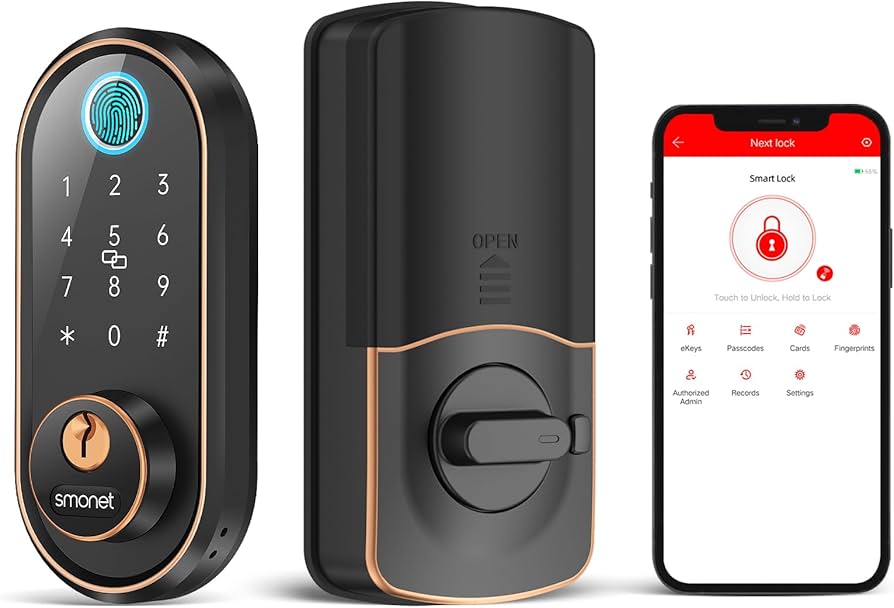
Smart locks are a convenient and remotely operable locking solution for your home. Eventually, intelligent door locks like August or Schlage allow keyless entry, remote unlocking, and integration with other home systems. For instance, you might use facial recognition software, smart door locks, and innovative security cameras for airtight security. You can also use voice commands to lock your doors remotely from inside your home.
Smart Plugs
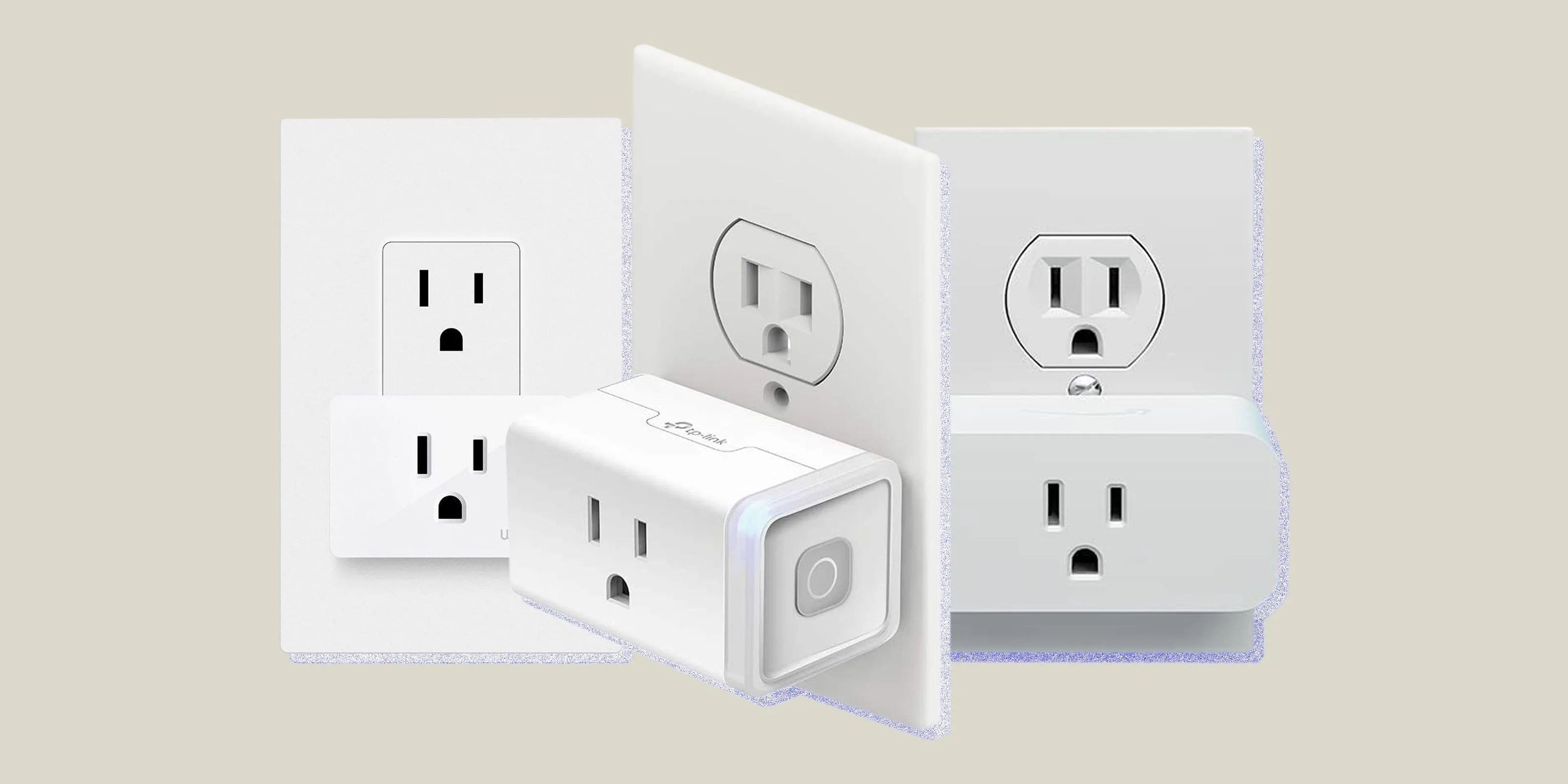
Smart plugs like Wemo or TP-Link can turn your home’s outlets into smart outlets. You can remotely schedule, monitor, and control the power supply to these devices for more energy efficiency. For instance, you might use smart plugs to control your radio or lamps.
Smart Blinds
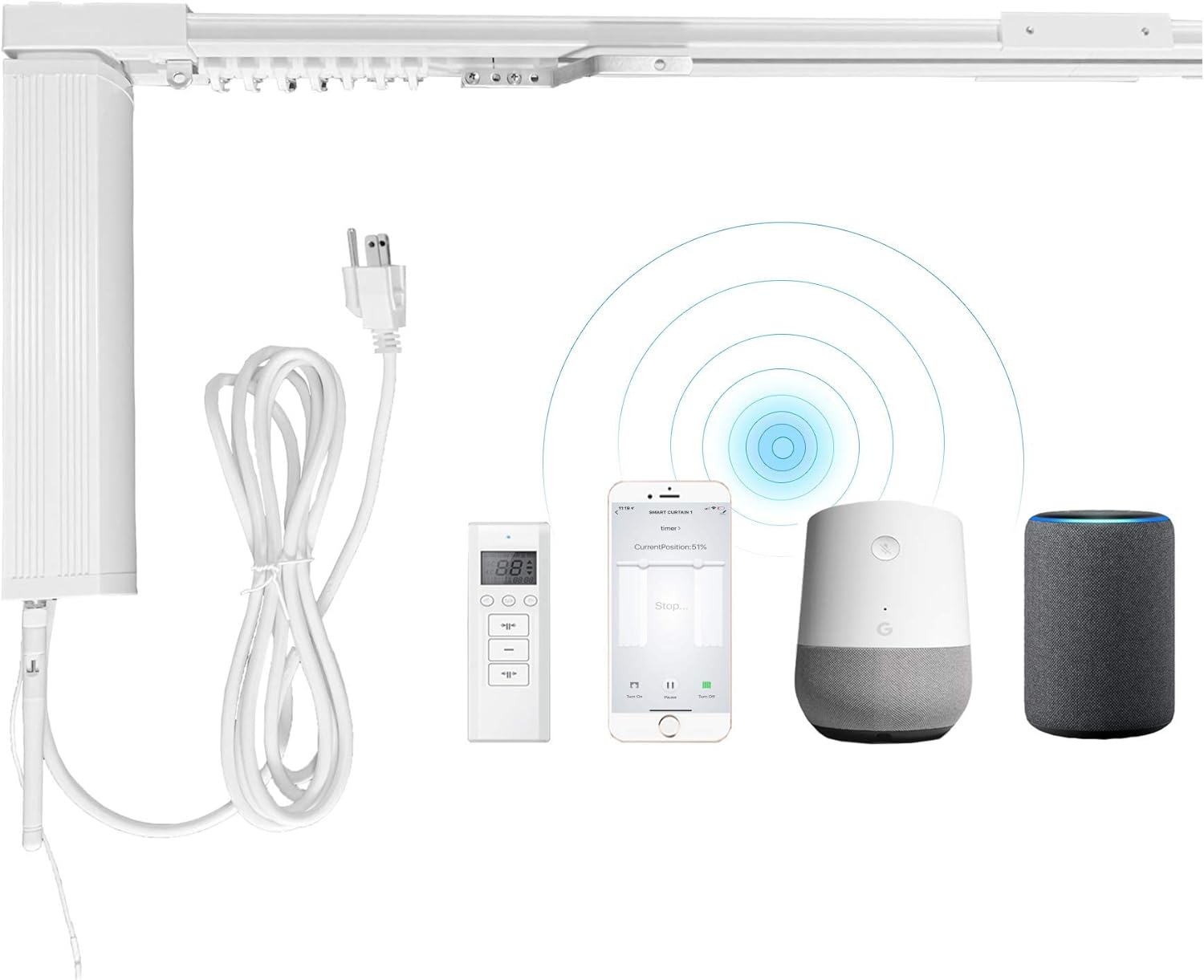
Natural light can be detrimental to your viewing experience. With a smart home entertainment system, you can ensure your smart blinds or curtains shut when you begin your viewing experience. If you opt for smart blackout blinds, you can ensure your home theater feels as atmospheric as a public theater. You can use voice commands to close your blinds and curtains or use integration to automate the process.
What The Future Holds While Navigating Some Device Challenges
Technology is constantly evolving, and there are many exciting developments in the smart home technology universe. Staying in touch with the latest technological developments can prevent you from investing in redundant technologies. The voice control technology for smart home management systems is expected to improve, providing more accuracy and responsiveness.
For instance, language processing and machine learning will allow more sophisticated voice commands – providing a more interactive experience for users. You can enjoy a seamless and intuitive voice control experience for your home theater devices. In the future, you can bring Augmented Reality (AR) and Virtual Reality (VR) environments into your home cinema experience.
Imagine immersing yourself in a new world in a virtual cinema with interactive elements. You will feel like part of the movie. Much like the Xbox Kinect and Wii technology we have seen in the past, you might see interactive experiences being achieved with motion detection. Using hand gestures and body movements, you can pause, play, or navigate your movie experience.
You won’t need to use a physical remote or voice command. In the future, we can expect to see more accurate content recommendations powered by AI. The AI tool will develop the perfect recommendations based on your browsing habits, viewing habits, preferences, and social trends. Discovering new TV shows, movies, games, and entertainment will be effortless with AI.
Smart Acoustics And Spatial Audio
Smart acoustics and spatial audio can help you automatically adapt your smart sound system to the room it’s in. You can calibrate the sound system for optimal sound distribution, ensuring immersive audio experiences. With this technology, you’ll gain the following benefits for your viewing experience:
- Accuracy – you will hear sounds in the correct positioning.
- Realism – you will feel a realistic sound experience.
- Envelopment – you will feel surrounded by sound.
The number of devices you can integrate with your smart home theater system will increase in future years. You can connect your home theater systems with lighting, security, and voice assistance. This integration allows you to automate voice control and smart home synchronization for immersive comfort. Your home theater system will be an instrument to the ambiance.
It will display security information to provide relevant information and reminders. Sustainability is crucial for many homeowners, especially given the recent energy crisis. The future of smart home theaters is grounded in sustainability and energy efficiency. More sustainable features such as power-saving modes, automatic standby functions, and intelligent power management will be added.
Overall, this allows you to power your entertainment system using less energy. These features will cooperate to lower our energy consumption without sacrificing performance. This will help you to reduce your carbon footprint and enjoy a more environmentally friendly home theater setup.
Some Of The Issues You Should Prepare For
Home entertainment has advanced tenfold with the introduction of smart home technologies. If you are considering investing in a smart home theater, consider the wide range of appliances and smart home devices you can integrate with your system for the ultimate viewing experience. However, despite the technology being promising, there are some issues you should prepare for.
For example, you may require troubleshooting to ensure proper functioning during the initial setup process. Likewise, you must provide a sufficient budget to cover all elements you wish to connect to your smart home technology system. While you can adjust your picture for visual clarity, you might consider investing in a 4K screen for stunning and clear images.
Of course, security and privacy concerns exist with any smart or cloud-based device. Before investing in a smart home device, consider some security and privacy considerations below.
1. Internet Connection
Considering some things before you begin the integration process, you can cover and prepare for all potential issues for seamless integration. You might even invest in a professional setup for your system to reduce your workload and make the process smoother. One notable challenge is having a solid WiFi or internet connection to ensure your devices function well.
2. Data Privacy
Choosing reputable smart home devices helps to ensure data privacy. If you do not take care in selecting a trustworthy and reliable smart device, you could experience data breaches or unauthorized access. Your smart home devices collect and store data about your activities, preferences, and usage patterns – which is why you need a reputable smart home device provider that will handle your data securely and responsibly.
3. Network Security
When you connect your smart home devices to the internet, they become vulnerable to potential cyberattacks. Your smart home devices could be targeted if your home network is breached. So, you must secure your network with strong passwords, perform regular updates for your device firmware, and set up a separate network for your smart devices to make them more challenging to access. In most cases, updating your passwords regularly or investing in password management software will help you avoid potential security breaches or compromised passwords.
4. Device Vulnerabilities
Performing system updates as soon as they arise keeps your smart devices secure. When your provider issues an update, it often removes vulnerabilities present in older versions. Your devices could be vulnerable if you are still using an outdated software version.
5. Authentication Methods
If you use a weak password or single form of authentication, there is no other measure to prevent an unauthorized user from accessing your network of smart devices. It helps to have more than one barrier to entry for your system. To provide sufficient protection, you should use Two-Factor Authentication (2FA) Apps, create a strong password, and utilize other access approval methods to ensure no third party can access your devices without your permission.
6. Malware & Ransomware
In layman’s language, Antivirus Software is an essential investment for those wishing to secure their smart home devices. Malware and ransomware can compromise the security and functionality of your system. Downloading untrustworthy apps and files can increase the likelihood of a malware or ransomware attack – so take great care when downloading. To check your system for any malware or ransomware, you can use antivirus software to scan your devices.
7. Third-Party Integrations
You should take a diligent approach when reviewing any third-party integrations’ security and privacy policies for your smart home system. Ensure that any third-party integrations you apply to your system will responsibly store and protect your data.
8. Guests Authorization
When visitors use your smart devices, controlling their access with role-based permissions is essential to prevent future security breaches. You should create a separate set of guest permissions to ensure your home is always secure. Being able to access your network should not give your guests permission to control your door locks, view your security cameras, or perform high-authority home controls.
9. Monitoring And Auditing
Any voice commands you use with your virtual assistant are stored and recorded for analysis. For this reason, you should check with your virtual assistant provider to see how this information is handled and stored. You need an immediate alert if your smart home devices detect suspicious activities. You should regularly monitor your smart home devices, review the settings, and audit your devices. This will allow you to spot unauthorized access, take immediate action, and prevent future security risks.
10. Physical Security
Your cybersecurity and physical security merge when you use smart door locks or cameras. If your smart devices are compromised in a cybersecurity attack, your home could become vulnerable to a break-in. So, securing these devices physically and digitally becomes essential. Implementing cybersecurity to prevent unauthorized access to your remote unlocking features is crucial. Additionally, you should ensure your cameras and locks are in secure locations to avoid damage or theft, as the devices themselves are expensive and could be targeted in a burglary.
In Conclusion;
The dawn of the 21st century brought a technological revolution we still ride today. Transitioning from the fourth industrial revolution to the fifth, we have become so used to the fast pace of innovation that we expect ever more effective and efficient technological solutions. They are coming fast on the heels of disruption conferred through the internet and touchscreen smartphones.
Fast-forward into the future, Artificial Intelligence (AI) and smart technology are heading to the next phase of global innovation. Why? Well, because it is changing the way we live, communicate, and work. You can allow your devices to work together to create a harmonious viewing experience. Still, you can connect your smart speakers, lighting bulbs, and other devices seamlessly.
Download Free Notes: An Introduction To Smart Technologies (PDF) In Details
Connecting them with your smart entertainment system ensures a synchronized and optimized experience. All the different components of your home theater system will work in unison to enhance the overall viewing or listening experience. Your speakers will be perfectly coordinated with the picture on the screen, and your lighting will adjust to the optimal brightness for your viewing pleasure.
You might also preload content remotely to ensure immediate playback when you return home. By reducing the manual intervention required for home management, smart technology saves time and reduces hassle. If you would like to take advantage of smart technologies, don’t hesitate to contact our partner ITech Liaison for a consultation. They can help with project planning and preparation and provide technical training.
Get Free Updates
Notice: All content on this website including text, graphics, images, and other material is intended for general information only. Thus, this content does not apply to any specific context or condition. It is not a substitute for any licensed professional work. Be that as it may, please feel free to collaborate with us through blog posting or link placement partnership to showcase brand, business, or product.

